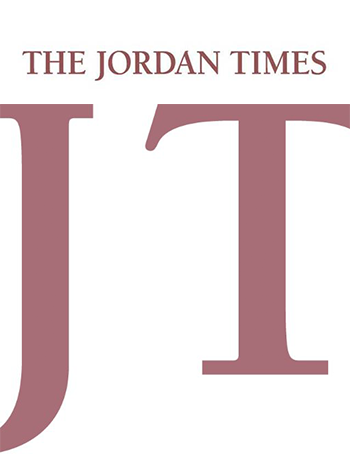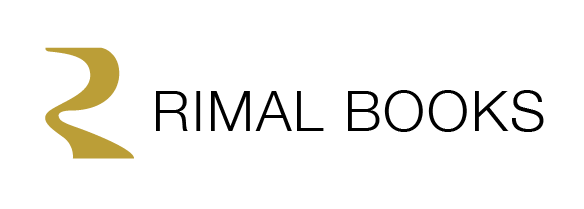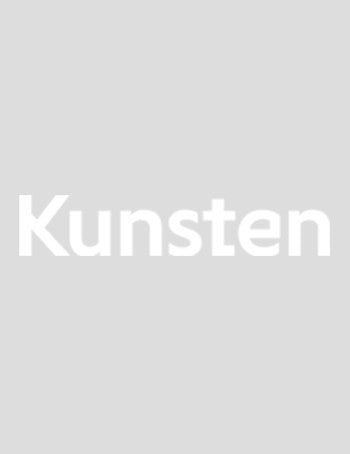
JORDAN TIMES
Collecting Living Culture
The People's Museum, a project initiated by a group of Danish artists and their Palestinian colleagues, is much more than a collection of artifacts, and this book of beautiful photos and descriptive text covers much more than the museum's contents. It actually walks the reader through the process of establishing the museum, and getting the people of Birzeit to embrace it as their own.
As stated by the People's Museum Group, "The concept of the People's Museum does not follow strict museological definition. People's Museum has just as much been a space for activities involving local residents, neighbors, young people and children. The idea and realization of People's Museum could be situated anywhere in the world, but its location in occupied Palestine gives it a special significance. In a country where people cannot travel freely-but where their tales and objects can-the intention is to spread the idea so that knowledge and culture can be shared." (p. 16)
Initial steps in the process were restoring an old home to house the museum, making a model of the Old Town to be exhibited there, and going door-to-door to introduce the idea of the museum to the community, plus football games, film showings, quiz nights and a handmade boat in which youngsters could "sail" the streets. People were asked to contribute items from their own homes, resulting in a random collection of family photos, art objects, old radios, household items, tools, pottery, embroidery pieces, a homemade model of the Titanic, etc. Then again, it is not so random, since each item in one way or another attests to the history, skills and interests of the people of Birzeit.
Besides these items, the opening exhibition in 2009 showcased the museum's archive of video interviews, people's stories and photos of Bir Zeit's residents and old stone homes, all of which are included in the book.
In the book's introduction, art historian Gertrud Sandqvist warns of the dangers of defining a people according to the "19th century European idea about one nation, one language, one people." (p. 12) Instead, she reasserts Hannah Arendt's suggestion that storytelling is one of the most important means whereby a people form their identity. Taking their cue from this, the People's Museum Group interviewed many of the town's residents, old and young, men and women. The final third of the book comprises these snatches of oral history, revealing the character of Birzeit's people, their present and past.
In the interviews, older people consistently speak of the changes in life style over the years as Birzeit transitioned from a community of farmers who hauled wood and water and baked their own bread without electricity, to a more diversified economy with modern conveniences. Some recall the days of British rule, and the more abrupt, violent change of 1948, when the mass expulsion of Palestinians from the newly formed state of Israel swelled Birzeit's population. A number of those interviewed are originally from Lydd, and they recount their often torturous journey to BirZeit where they were absorbed into the local community. Many speak of their children and relatives who have emigrated to Jordan, the US and elsewhere. One woman recalls the traditional songs of the village wedding, while a man recounts old folktales. Perhaps the oldest man among those interviewed is of Keraki bedouin origin generations back. Versed in reconciliation techniques, he is known as the peacemaker. Like many others, he stresses the lack of communal conflict within the town's mixed Christian-Muslim population.
Among the middle-aged interviewees, many speak of how they built their homes and raised their families, often emphasizing the importance of education. Few can tell their stories without noting the many problems caused by the occupation.
Some of the younger generation talk most about their line of work, whether carpentry, running a restaurant or making candles. A group of students explain the advantages of Facebook, while others speak of their cars. Two young men tell of harsh years spent in Israeli prisons after being arrested for resistance activities; these are particularly articulate narratives revealing a high degree of political awareness gleaned from their experience, which they now apply in community activities.
Together, the interviews give a striking panorama of community spirit, enterprise and loyalty to family, town and country. The People's Museum has given Birzeitis a venue for showing themselves as people who live remarkably normal lives despite an abnormal situation, who are united in their diversity, and who continue to dream and strive for improvement and freedom.
Review by Sally Bland
The Jordan Times
May 21, 2012


